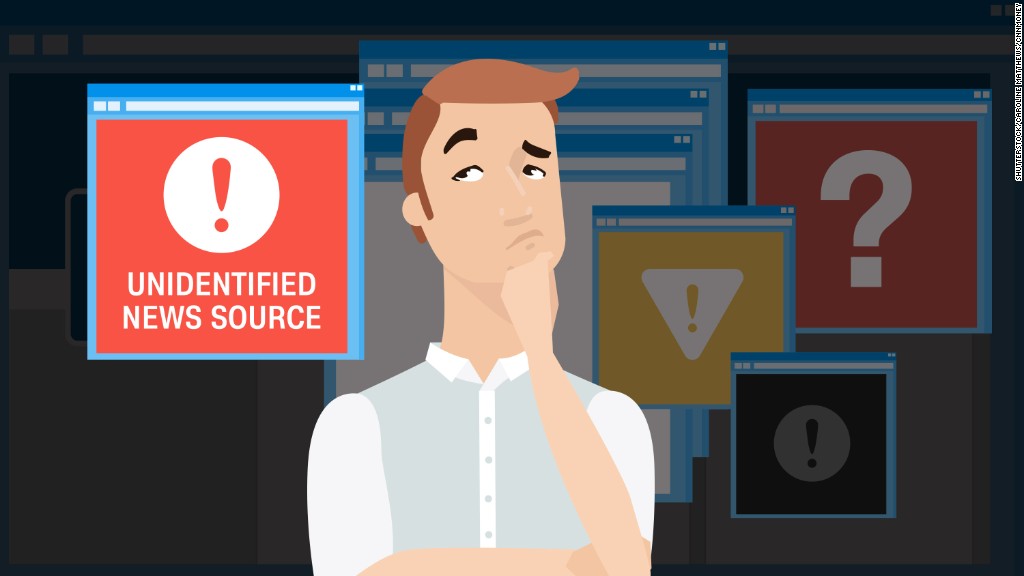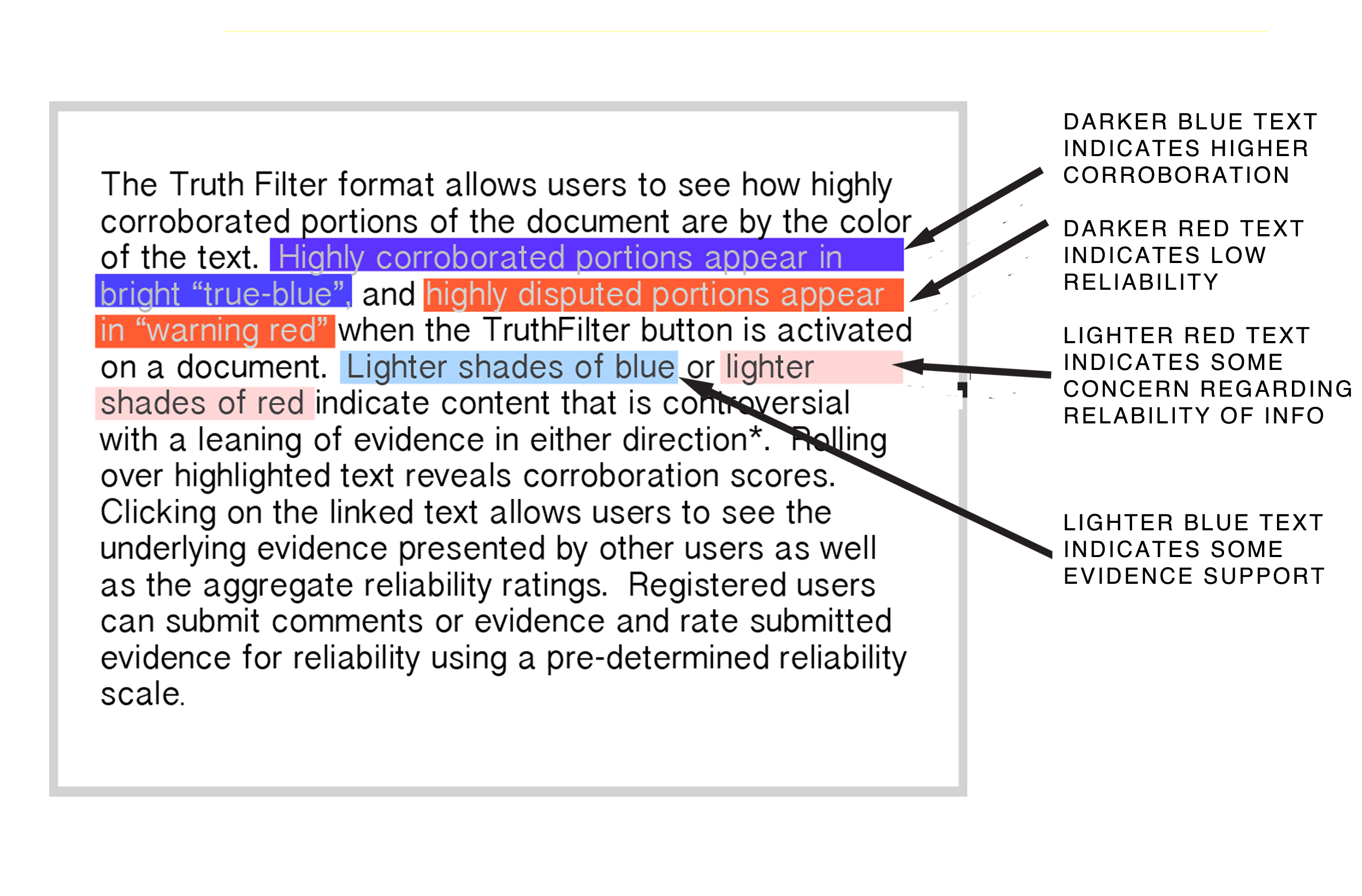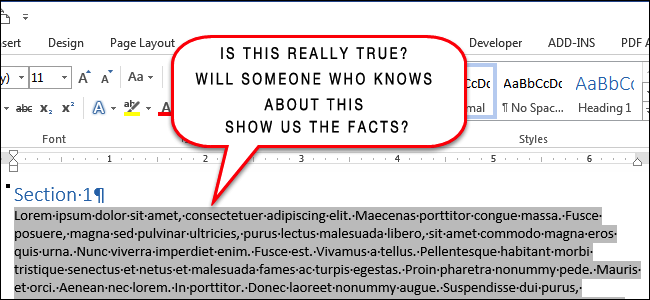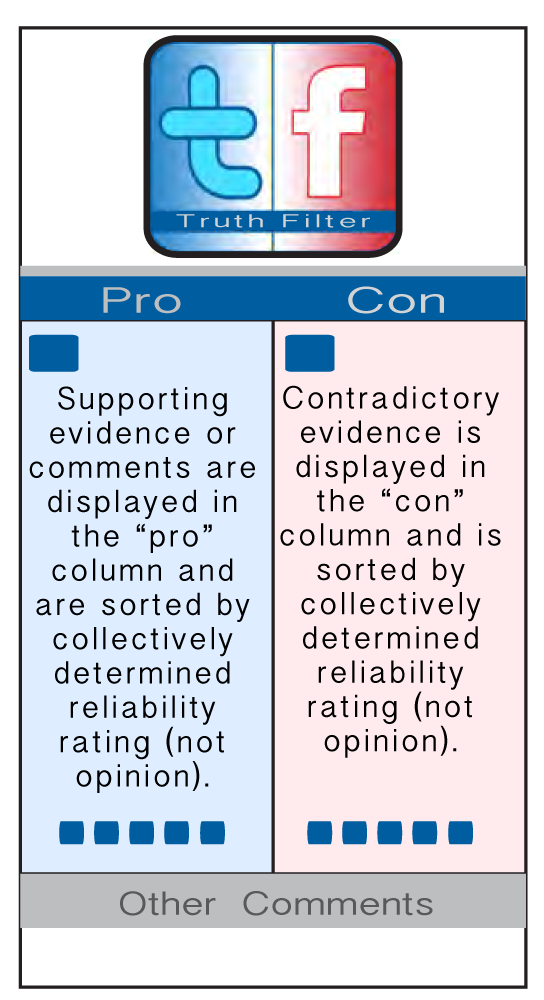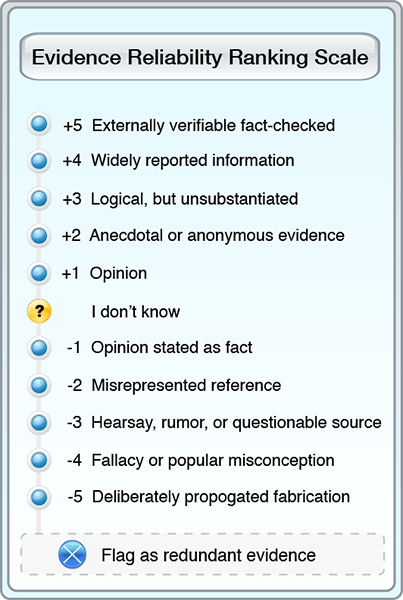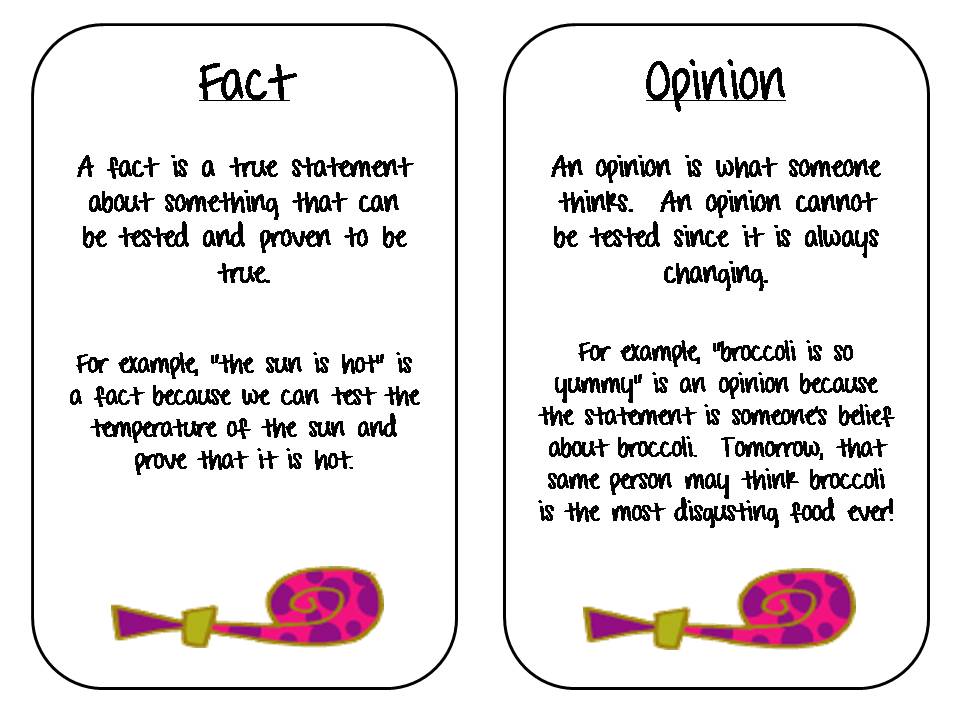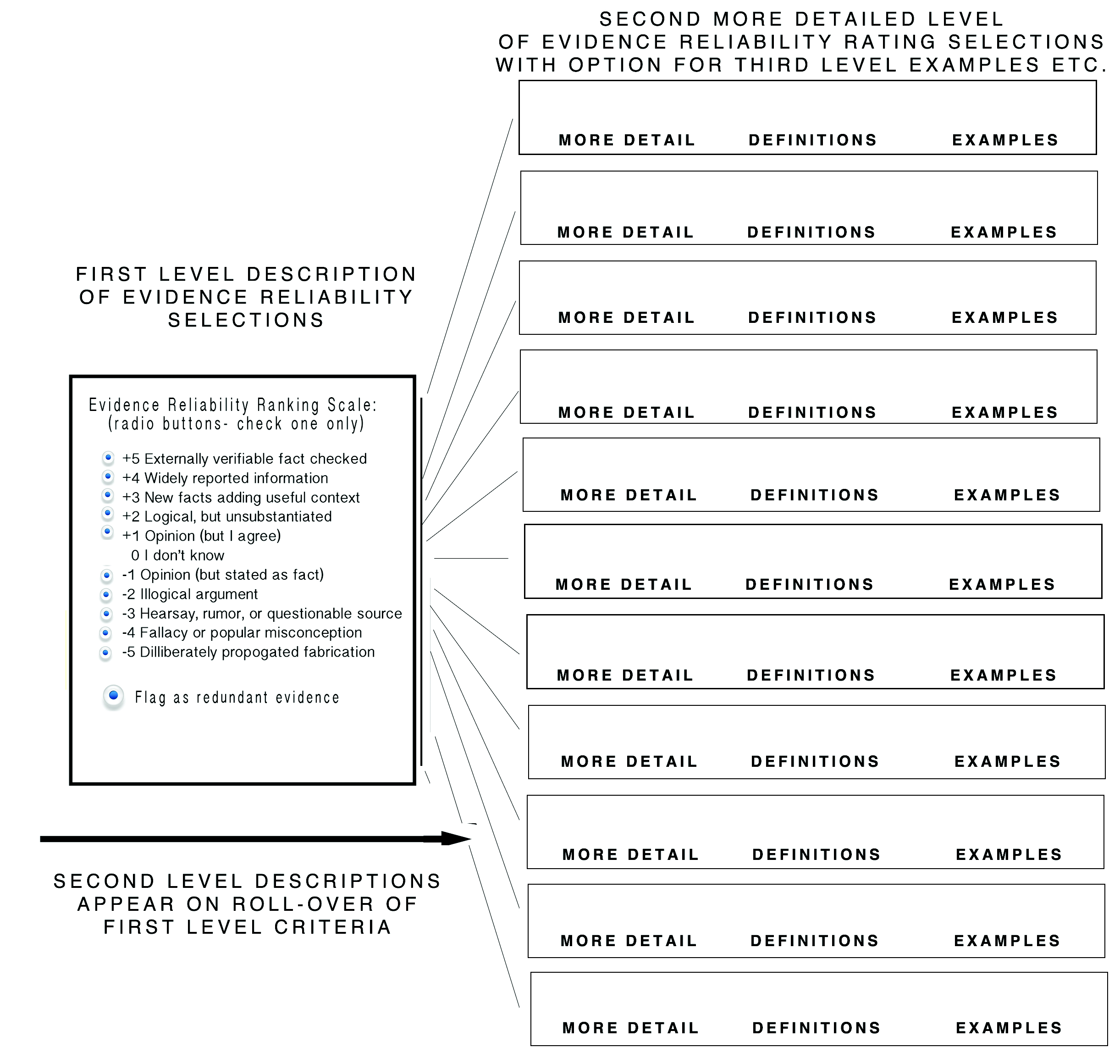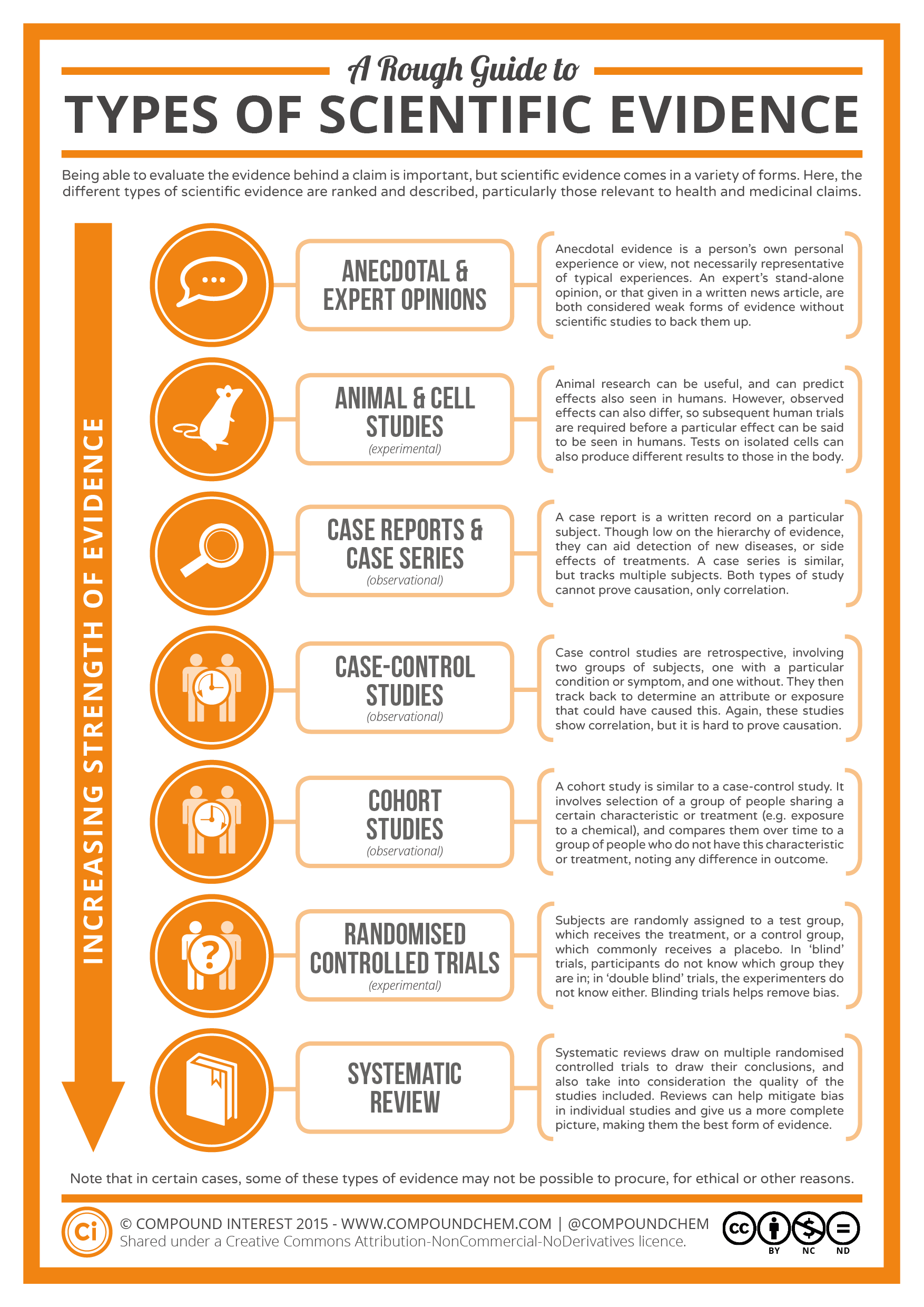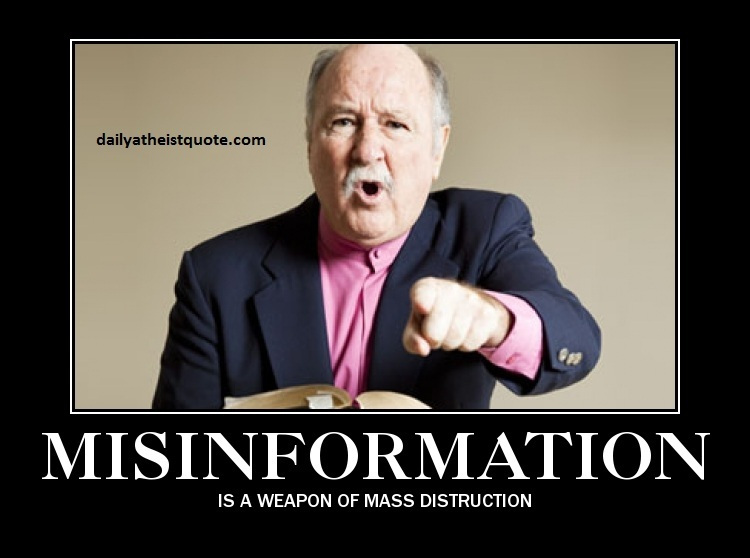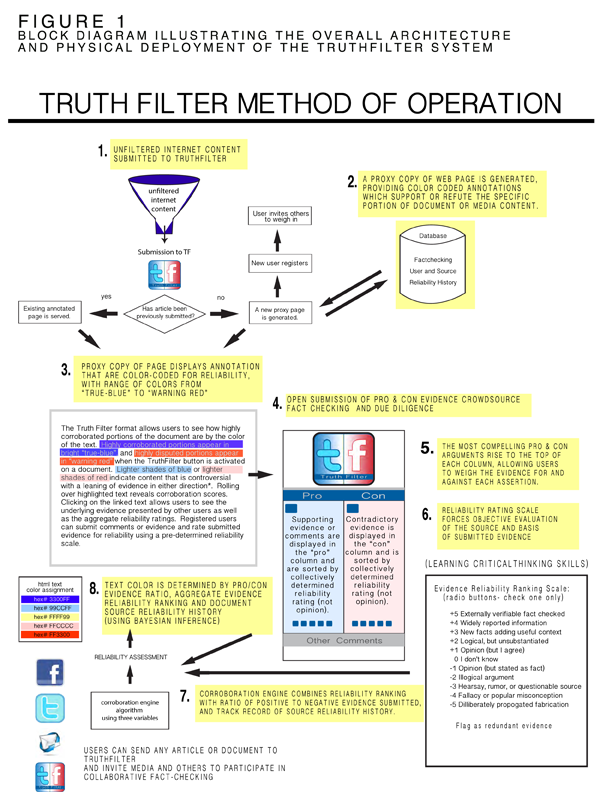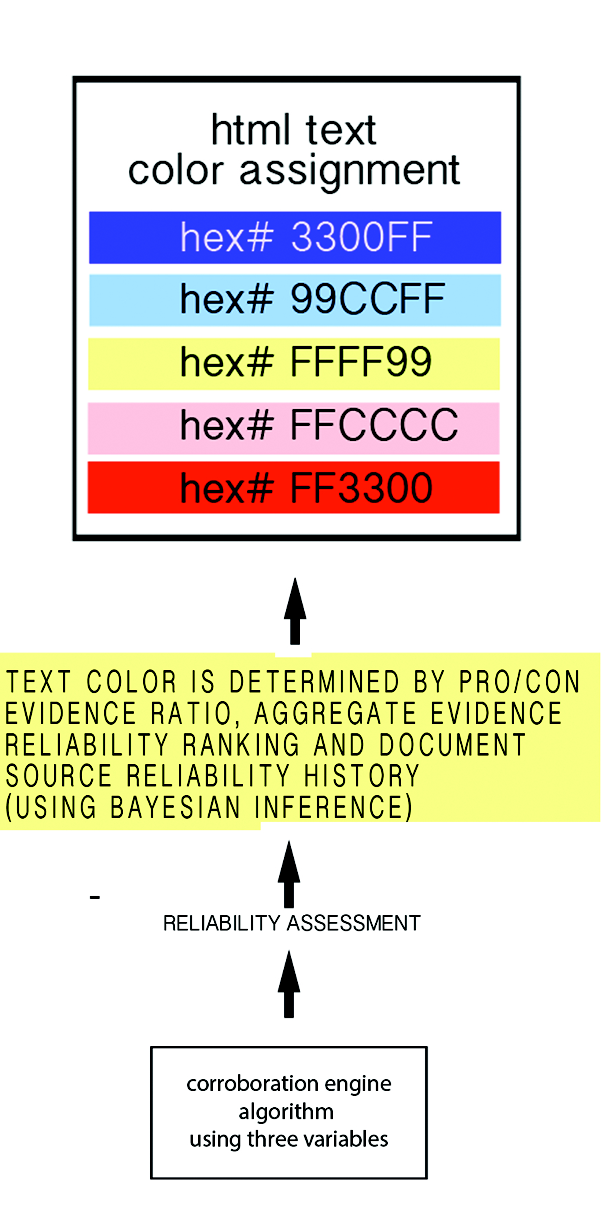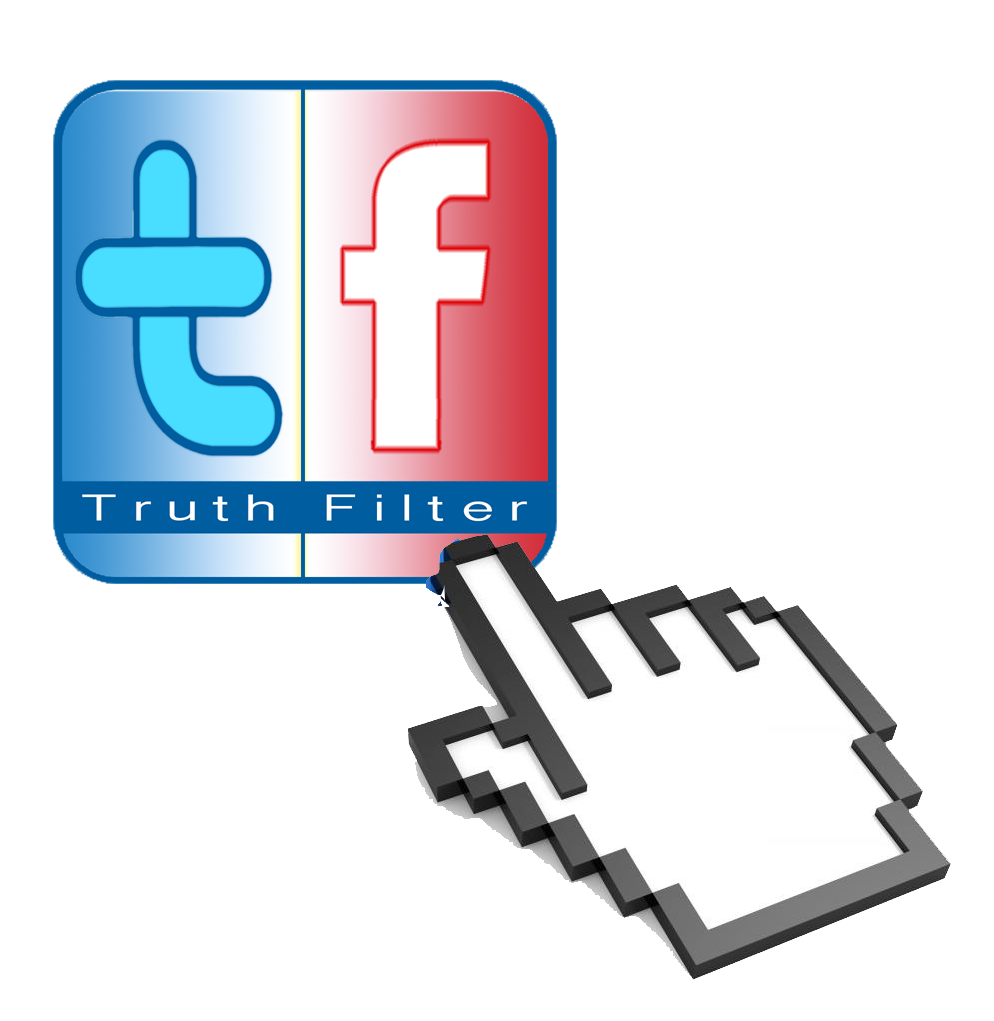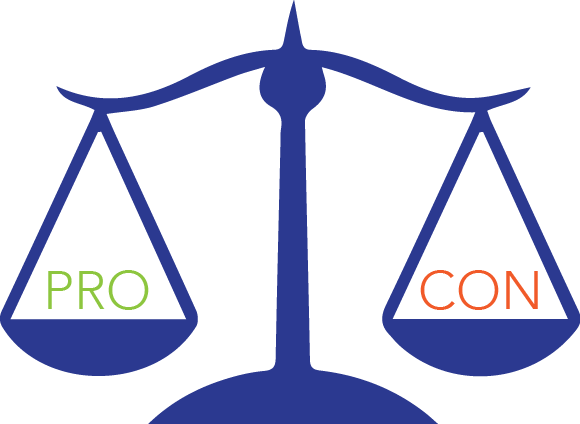|
|
|
How can we find out what's true?
Together we can.
TruthFilter is a content evaluation and verification system that works on any article or web page to reveal the reliability of specific statements or claims within the document. The crowd-sourced evidence evaluation process teaches critical thinking and media literacy as part of the process of evaluating data submitted by other users. Unlike fact-checking sites that are often accused of political bias, TruthFilter opens the process up to the general public and invited experts who are free to submit evidence supporting or refuting the claims made in an article. The submitted evidence is then collectively filtered in an open process using universally accepted measures of evidence reliability. The interface uses a system of color-coded text links to provide an instant visual indication of the collectively corroborated reliability of content. This allows users to jump from the color-coded links to a sorted listing of the most highly corroborated arguments on both sides of controversial statements to help them make more informed decisions.
The text of a TruthFiltered article will turn colors when the TF button is activated. A reliable article will have many of its text links highlighted in shades of "true blue", while a highly disputed article will appear more "warning red". A statement that is being questioned will appear with numerous highlighted "gray areas". Following any of these links allows users to explore all of the actual evidence submitted. Battles over the validity of the content occurs behind the scenes unless the reader wants to dive in to the details of how a given section of text turned "warning red" or "true blue". Perhaps most importantly, the system does not allow annotations to persist that are merely opinion. Anything that is submitted as evidence but does not measure up to widely accepted standards for evaluating the reliability of evidence does not register in the color-coding algorithm.
In the process of being forced to evaluate submitted evidence, users learn the basics of media literacy and critical thinking. |
|
|
|
HOW TRUTHFILTER WORKS:
|
|
A website may incorporate the TruthFilter technology into its content management system, or proxy copies of a web page can be automatically generated for annotation by submitting articles directly to TruthFilter from websites that are not TruthFilter enabled.
For example, if someone sends you a controversial article . . .
|
|
You are not sure what to believe, so you send it to TruthFilter.
|
|
You do this by selecting the TF share icon.
|
|
Or, by visiting TruthFilter.com where the TruthFilter proxy pages are hosted, and then by submitting the article for crowd-sourced fact checking.
The use of proxy versions of web pages has already been successfully
employed by one of the pioneer annotation sites, Genius Web Annotator.
|
|
Anyone can share or submit any web page or article to TruthFilter for evaluation just as a page can be shared to Facebook, Twitter, etc. on many websites.
If you are the first person to question the article or a web page, a proxy copy of the entire document is generated, allowing you and others to evaluate and fact-check the statements.
If the article has already been submitted by someone else, you will find an annotated version of the article or web page with color-coded links that reveal the collectively determined accuracy of individual parts of the document. The interface allows users to simply view the evidence and see the evidence reliability scores, or to participate in the process by contributing evidence and evaluating other people's submitted evidence.
Portions of the document that have been questioned but not yet reliably evaluated for accuracy appear as gray areas. Anyone can question a part of an article by highlighting it and selecting the 'Is this true?' option, turning the text into a 'gray area', and effectively submitting your question to the general population, an army of fact-checkers.
|
|
|
Selecting a colored link reveals the actual evidence that has been submitted by others to either support or debunk the claim made in sections of the original document.
|
|
In addition to seeing the evidence submitted for and against individual assertions within the document, you will see evidence reliability scores for each piece of evidence contributed by other fact-checkers, and you will be invited to evaluate the crowd sourced evidence according to strict measures of evidence reliability.
|
|
The multiple choice reliability scale applies widely established standards of information reliability to each item of evidence submitted as well as to the original claims. The process of guiding users through these options as they participate in evidence evaluation can become a valuable tool to teach critical thinking. The evidence evaluation scale teaches basic methods of evaluating content reliability such as identifying opinions stated as facts through independent verification from multiple outside sources.
For example: Hovering over the "opinion stated as fact" selection may reveal a mini lesson in spotting this common problem.
|
|
|
|
Hovering over an evaluation rating level prior to selecting a rating brings up a more detailed description of what each level of reliability means - with examples, definitions, etc.
|
|
|
|
In the case of scientific information, the evidence evaluation criteria range from the gold standard of independently replicated, double-blind peer reviewed studies, to single source anecdotal evidence.
|
|
and conflict-of-interest driven deliberately propagated misinformation.
|
|
The system does not encourage, or include opinions of other users, but instead relies on a virtual army of fact checkers to provide pro and con evidence and to collectively evaluate the quality of each piece of evidence submitted by users. When an article is submitted to TruthFilter, topic experts, as well as the public, may be invited to weigh in. Depending on the implementation or hosting organization, the process of submitting and evaluating evidence may be open to the general public, or may be limited to invited experts. The evaluation criteria may also be chosen by the host site. The evaluation of scientific content would be judged by a different standard than political content. This is because, in journalism, it is sometimes difficult to separate news from opinion, and there might not be an absolute truth. For this reason, TruthFilter focuses on the reliability of facts or evidence submitted in support of a political position, and avoids allowing people to judge opinions.
How does it work? A quick look at the back end: |
|
|
|
|
|
|
|
When
an article is submitted to TruthFilter,
|
|
The user who first submits the article is notified when a statistically significant number of supporting or challenging pieces of evidence are submitted and determined by the TF algorithm to be reliable.
|
|
The
colored links indicating the level of reliability
|
|
Selecting a colored link allows you to see the most highly corroborated arguments on both sides. This allows you to make more informed decisions while teaching you the key critical thinking skills required of all of us in a functioning democracy.
"Because none of us knows as much as all of us"
|
|
|
|
#TRUTHFILTER
|


